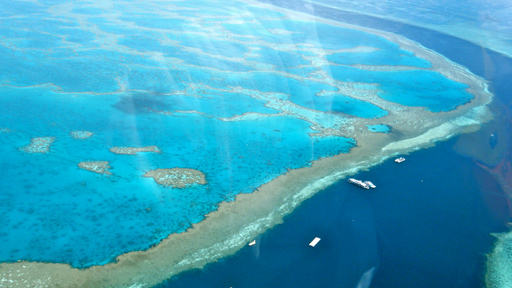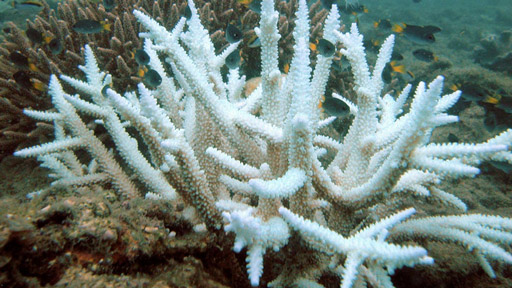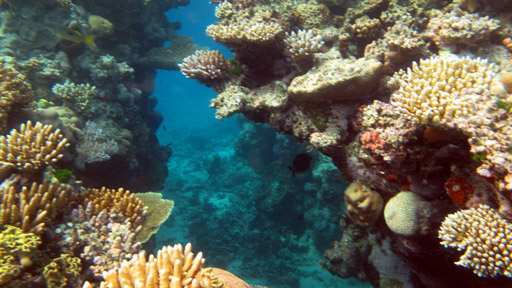
Stretching more than 1,400 miles, Australia’s Great Barrier Reef is the largest living structure in the world. Visible even from outer space, the epic reef system is one of the seven natural wonders of the world.
But recent aerial surveys show that more than half of it may have died as a result of back-to-back bleachings caused by global warming. The damage spells trouble for not only the reef, but for the animals and people who depend on it.
One cause of coral bleaching is rising sea temperatures. When the sea water gets too warm (even by as much as a few degrees Farenheit), algae which usually live in the tissues of the coral become toxic. The coral then expel the algae which are their primary energy source, turning white in the process.

Depending on the severity of the problem, it’s possible for coral to recover from bleaching as the water cools down. But even the fastest-growing species take at least 10 years to come back.
Following the worldwide bleaching in 2016 (the largest and worst ever to be recorded), the 2017 event was so close behind that the coral in the Great Barrier Reef may not be able to recover quickly enough.

When large sections of coral reefs are damaged, the ripple effects are great. The tiny marine creatures that rely on the coral for food and shelter leave the area. And people who rely on those fish for food or their livelihood eventually suffer too.




